
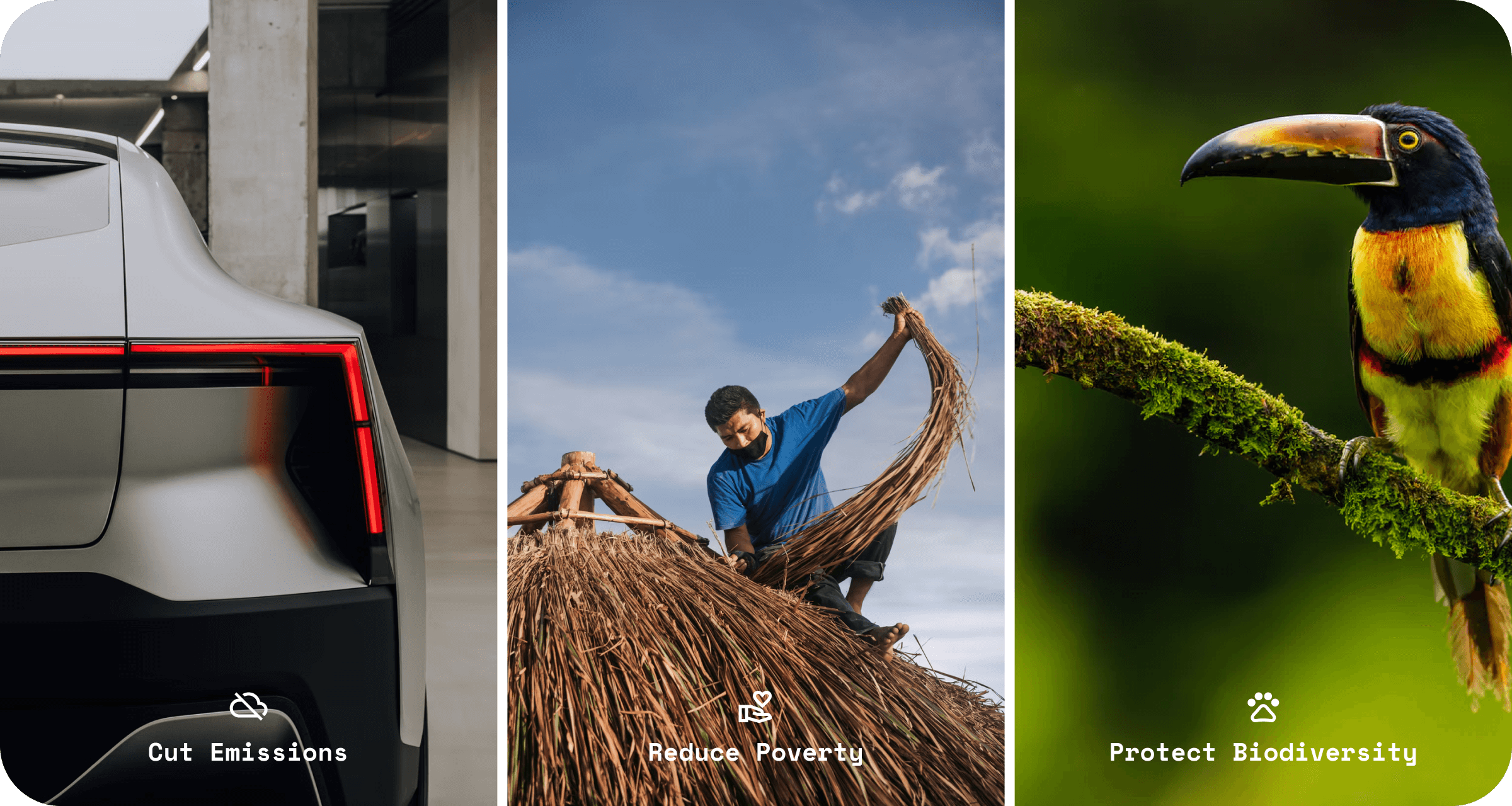
Climate change is a threat multiplier.
Those already most vulnerable, experiencing widespread poverty, food insecurity, and inequality, are also worst impacted by climate change. They lack the resources to adapt and to protect themselves. Many are also communities that rely entirely on nature for their livelihood – a 2021 study found that over a billion people depend on nature for survival.
At the same time, climate change isn’t just impacting humans.
It’s impacting all life on our planet. Entire ecosystems are being threatened by the increase in temperatures and in natural disasters, being forced to adapt much quicker than they typically would – and some species simply can’t do this. Because of this, climate change is causing major loss in biodiversity.
These are all urgent issues, and they all go hand-in-hand.
That’s why we need climate solutions which also address broader societal issues. As the Project Drawdown: Climate-Poverty Connections report put it:
Subscribe for the latest insights into driving climate positivity
We’re already seeing climate projects which restore nature whilst also lifting millions of people out of poverty. Take the restoration of the Loess Plateau in China, or the revival of the Gorongosa National Park ecosystem in Mozambique, for instance.
But we need more. And that’s where carbon offsetting comes in.
Carbon offsetting and co-benefits
Purchasing carbon credits from projects which have these intersectional impacts gives businesses and individuals a way to make a positive difference beyond just emissions reduction or carbon removal – rippling out to broader environmental and social benefits too.
In carbon offsetting, this is often referred to as ‘co-benefits’ or ‘additional impacts’.
They’re something we think you should absolutely be looking out for when deciding which projects to purchase carbon credits for – because we need climate solutions that affect whole system change. Operating in a silo is never productive in the long-run.
Generally speaking, high-quality carbon offset projects will always include co-benefits.
But be warned: in a worst case scenario, some low-quality offset projects can do more harm than good because they aren’t taking the needs of wider ecosystems or local communities into consideration in project planning and development.
If you’re purchasing carbon offsets, you need to make sure you’re prioritising quality to avoid this being the case.
What the co-benefits are differs from project to project, but could include:
- Job creation or protection
- Providing education opportunities
- Food security
- Improved health e.g. reduced air pollution
- Energy security
- Wildlife conservation
- Improved biodiversity.
In our project library at Lune we always flag the relevant UN Sustainable Development goals to highlight the co-benefits of our projects – the SDGs are a framework that takes into account social, environmental, and economic progress.
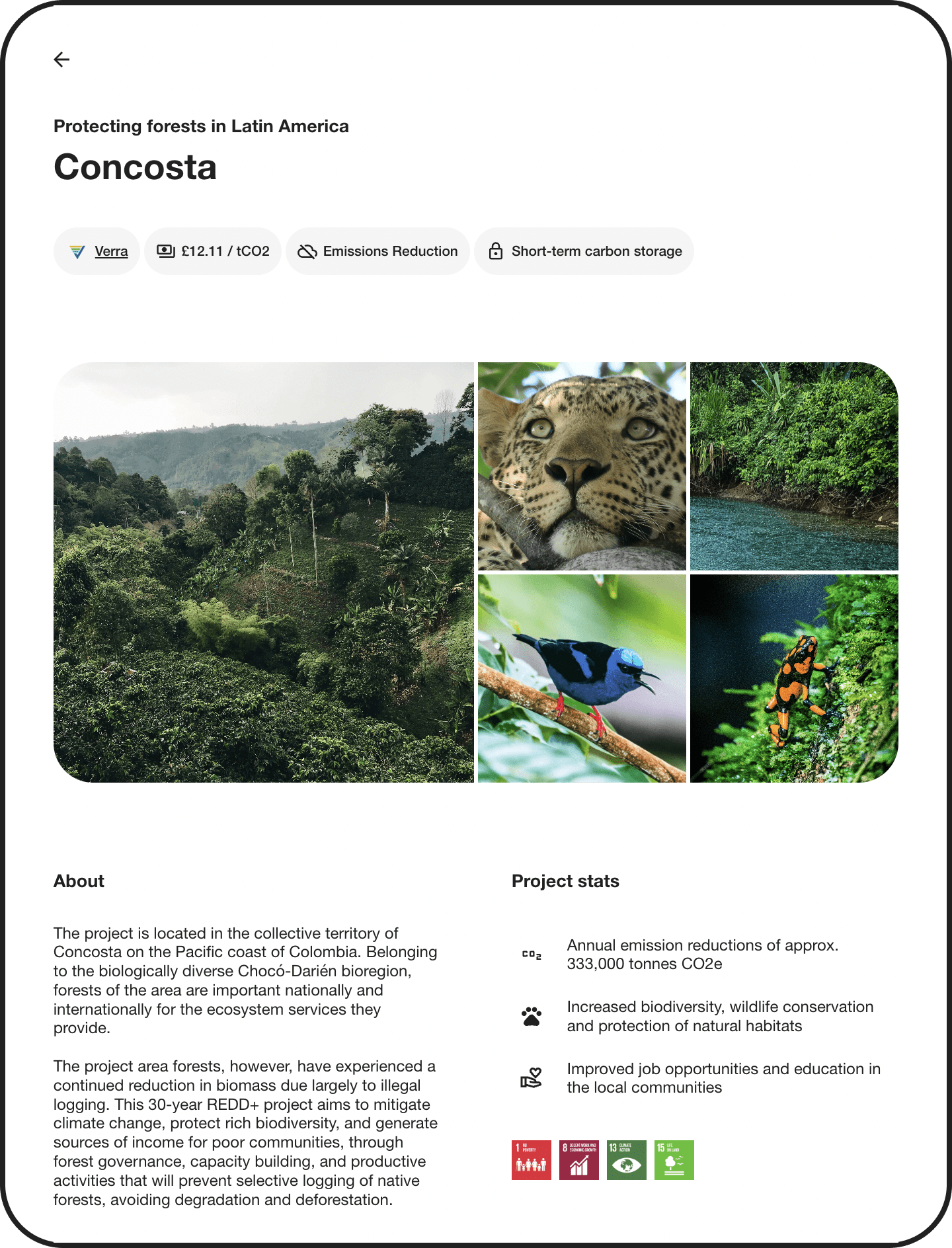
Co-benefits in action in Keo Seima
Carbon forestry projects are often located in areas where there is a strong tie between people and land, with communities relying on these forests for subsistence.
In most cases, these communities have absolutely no legal rights to the land they’ve maintained and called home for centuries – a study by The Conversation found that less than 25% of countries recognise the rights of indigenous communities to govern lands.
This was true in Keo Seima – one of the projects in the Lune library of high-quality offset projects.
The Bunong people are an indigenous ethnic minority group, with villages and communities throughout the Keo Seima wildlife sanctuary in Cambodia. Traditionally they have deep ties with the forest both through their spiritual beliefs and their reliance on the land for food, medicine, and more.
But, they had no legal right to their land. And their homes and livelihoods were at threat from illegal land clearance targeting valuable timber in the forest.
The Keo Seima REDD+ forest conservation project was established to protect the forest from this illegal logging, preventing the loss of valuable carbon stores – as you can see in this GIF from the Global Forest Watch, showing the prevention of deforestation in the Keo Seima project area:
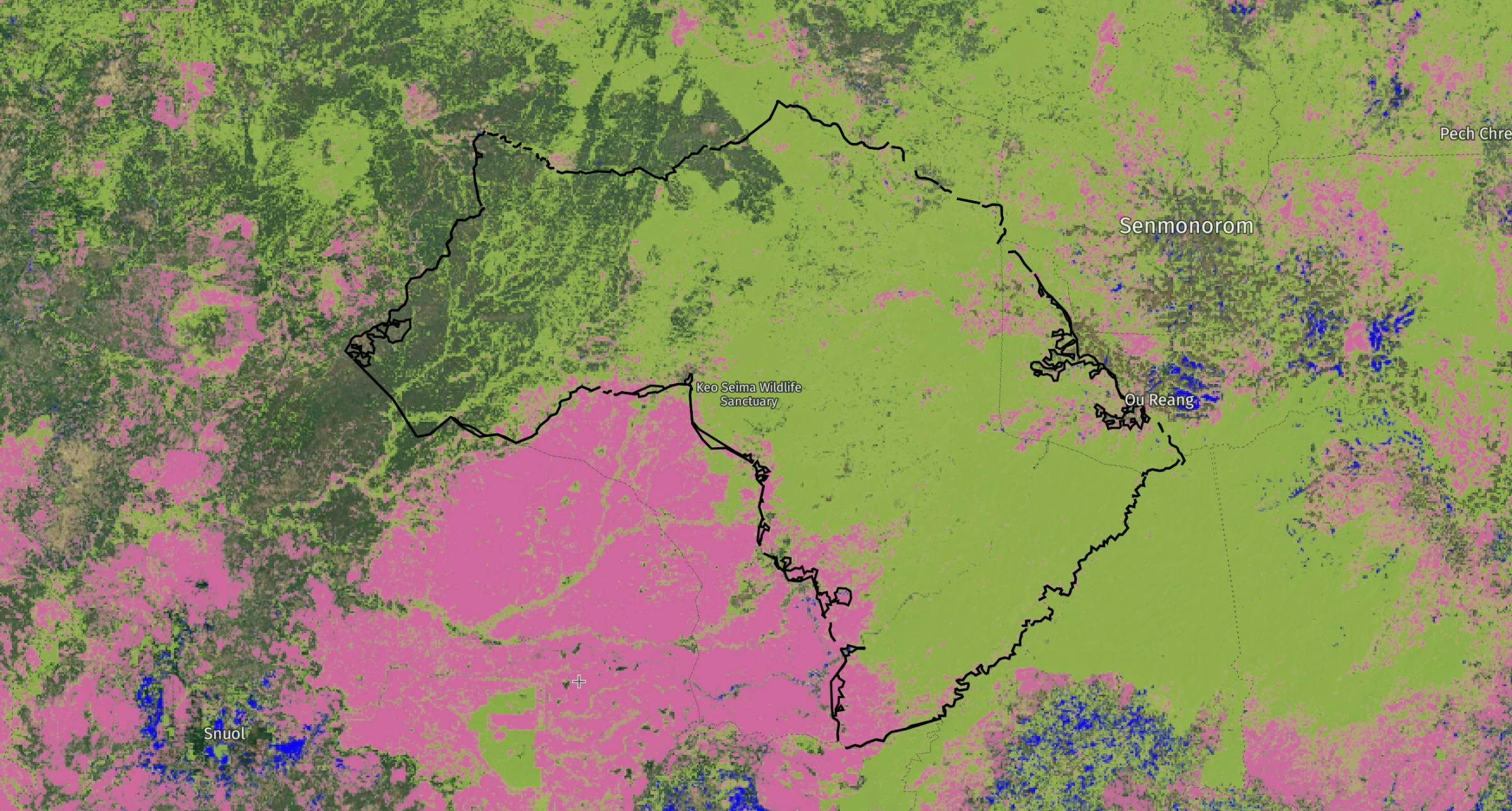
But, as well as this core aim to prevent deforestation and protect vital carbon storage, the project recognised the need to protect the community’s right to the land as part of the conservation effort.
So far, through the project's commitment to support the sustainable development of the local community, they have secured 7 Indigenous Community Land Titles for Bunong communities within the project area, with 6 more under review by the Cambodian Ministry of Environment and 4 additional in process – giving the Bunong people the legal right to their land.
Other notable co-benefits of the Keo Seima project include:
- Establishing an ecotourism project within the forest called Jahoo Gibbon Camp which is run by the community, creating 449 new jobs and bringing an annual income of over $14,000 which becomes a community development fund.
- Protecting the rich biodiversity of the forest, including successfully maintaining the world’s largest stable populations of critically endangered black-shanked douc, yellow-cheeked crested gibbon and Eld deer.
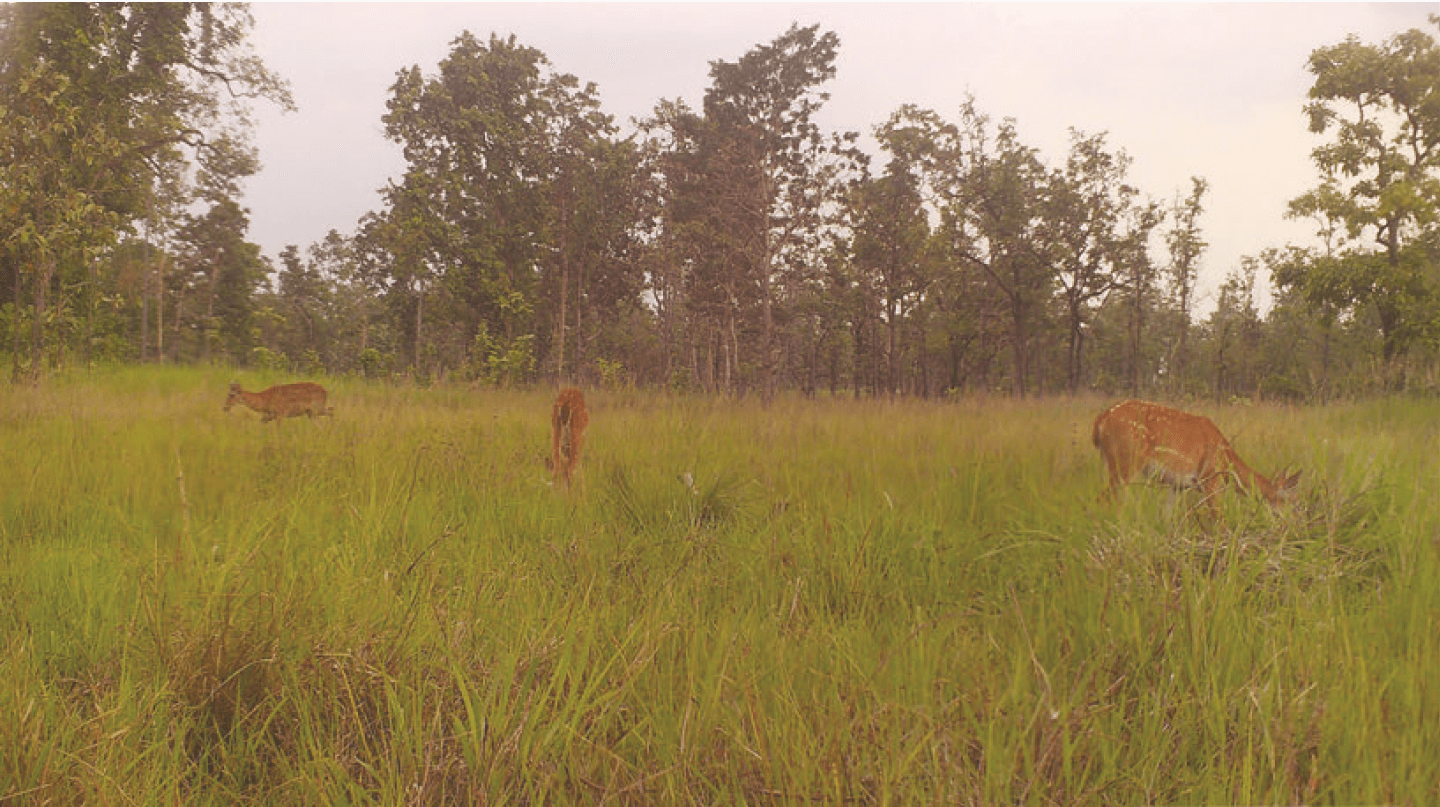
For more information on how we evaluate projects for quality with relation to their co-benefits, take a look at our project evaluation process.
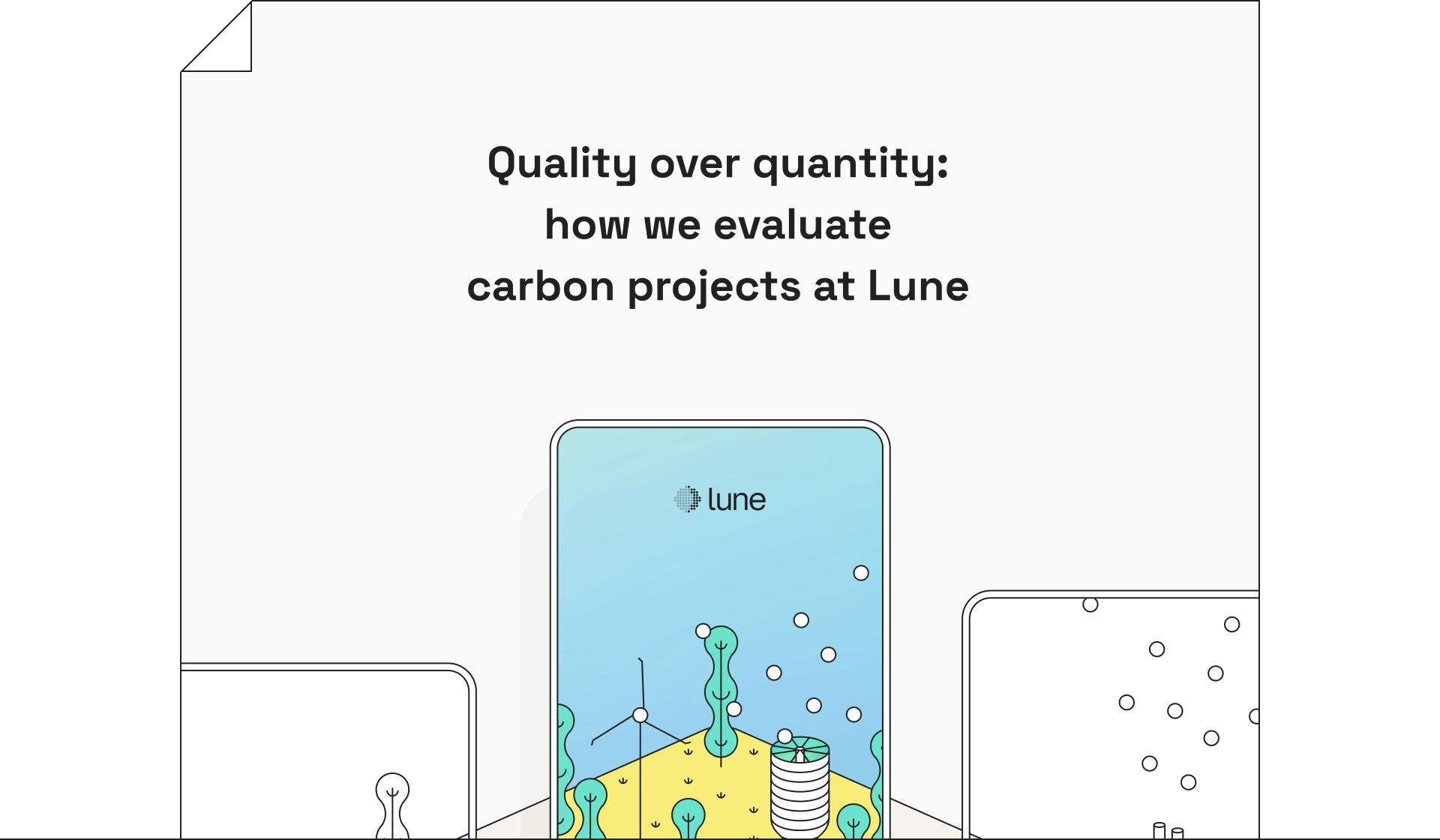
Readers also liked
Readers also liked

Subscribe for emissions intelligence insights
Get the latest updates in the world of carbon tracking, accounting, reporting, and offsetting direct to your inbox.


